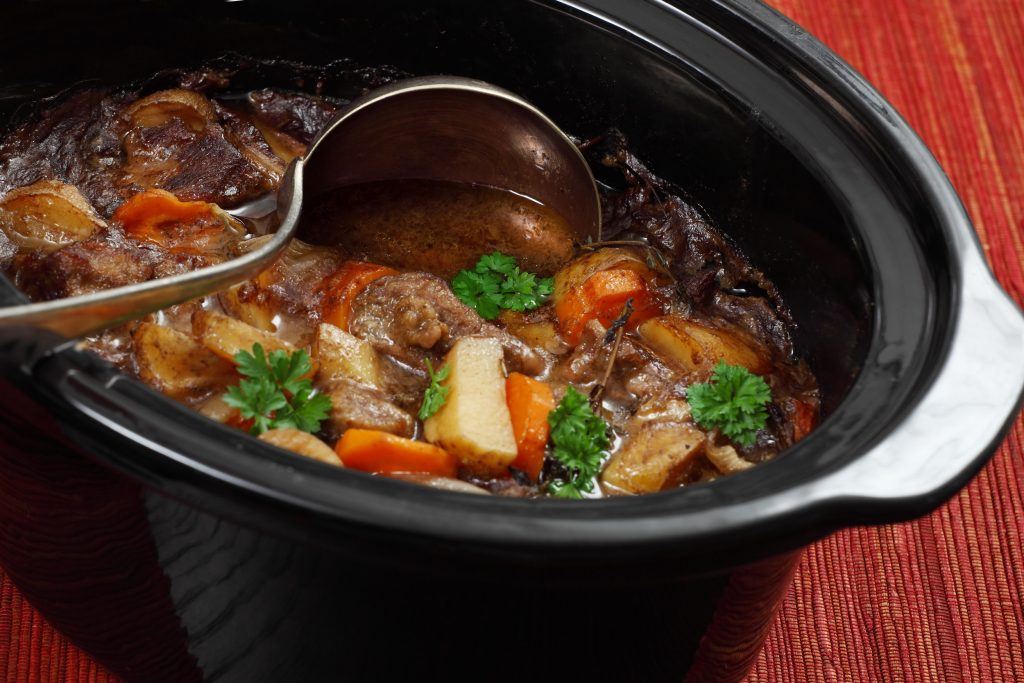Lydia Kyle’s viral Instagram video sparked a heated debate about the safety of using clamps on slow cookers, commonly known as Crock-Pots, during cooking. Kyle cautioned against using the clamps while the appliance is in use, claiming they could cause pressure buildup and a potential explosion. This claim, while seemingly alarming, is nuanced and requires a closer examination of slow cooker functionality and safety features.
Most modern slow cookers are designed with safety mechanisms that allow for ventilation even when the clamps are engaged. These vents allow steam to escape, preventing dangerous pressure buildup. Hence, if a Crock-Pot is equipped with proper safety features and the clamps are used correctly, cooking with them engaged shouldn’t pose a significant risk. However, this doesn’t negate the potential dangers associated with damaged slow cookers or improper clamping techniques.
The core principle behind slow cooking involves a delicate balance of heat and moisture. A venting mechanism plays a crucial role in regulating the internal pressure by releasing excess steam. If these vents are obstructed, either by damage to the appliance or by an overly tight seal created by improper clamping, pressure can build up inside the cooker. This pressure buildup, coupled with heat, could potentially lead to a rupture or explosion, especially in older or compromised units. Therefore, manufacturers generally recommend against clamping the lid during cooking unless the appliance is specifically designed for pressure cooking, a feature distinct from traditional slow cooking.
The online discussion surrounding Kyle’s video highlighted differing perspectives. Critics argued that the presence of a vent hole in the lid negates the possibility of dangerous pressure buildup, citing basic physics principles. They pointed out that even with the clamps engaged, the vent hole allows for pressure release, making an explosion highly unlikely unless the Crock-Pot is malfunctioning. Some argued that manufacturers wouldn’t include clamps if they posed a safety hazard during cooking, emphasizing the legal implications of such a design flaw. This perspective underscores the importance of understanding the intended purpose of the clamps, primarily for secure transport, and not necessarily for use during the cooking process.
Counter to the critics’ arguments are documented cases of slow cooker explosions. A 2019 incident in Utah involved a woman who suffered second-degree burns when her slow cooker exploded, despite having used it with the clamps engaged for years prior. This incident, though potentially an anomaly, highlights the possibility of unforeseen failures, even in appliances used routinely. While the exact cause of the explosion wasn’t definitively determined in this case, it serves as a reminder that appliances can malfunction and that adhering to safety guidelines is crucial.
While the internet debate surrounding Kyle’s video continues, experts generally advise against using clamps during the cooking process as a precautionary measure. Good Housekeeping, a reputable source of household advice, emphasizes that the clamps are designed for portability and not for cooking. This recommendation aligns with the principle of minimizing potential risks, even if the risk is perceived as low in most scenarios. Ultimately, prioritizing safety and adhering to manufacturer guidelines, which often advise against clamping during cooking unless specifically designed for pressure cooking, is the most prudent approach. This approach mitigates potential risks associated with malfunctioning appliances, improper clamping, or other unforeseen circumstances that could compromise the integrity of the slow cooker.










